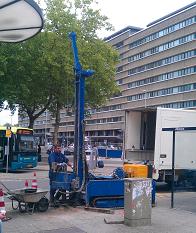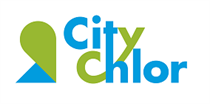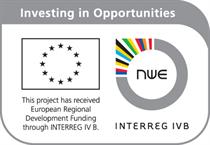Pilot project 6: Monitoring of (bio)processes
Problem

The problem of the subsoil of Utrecht is that several contaminants from different sources have been mixed over the years. In total, 180 million m3 groundwater has been polluted with VOCs. Due to the combination of contaminants, a single case approach is impossible. The total area of the polluted subsoil is approximately 700 Ha. The total area of redevelopment within Utrecht is 90 Ha and is mainly developed by closed and historical buildings with wooden floors etc. In the Utrecht central station area, the deeper groundwater will be remediated by a combination of ATES (Aquifer Thermal Heat Storage) and biological natural attenuation. At present, the boundaries of the aquifer system and its contaminants have not been 100% defined. Nor are the exact positions of all source zones known or the biological potential in natural conditions.
Aim
The aim of the pilot is to define the present conditions in the subsoil and, after installing ATES systems in the area, to measure the influence of ATES on the geo-hydrological system and to measure and predict the effects on contaminants and geochemical conditions during an area-oriented remediation approach in the Utrecht central station area.
Results
- CityChlor Think-Tank Conceptual site model - Bio-washing machine;
- Integration of results CSM ‘Bio-washing machine' - Different innovative characterization methods and models for optimisation of the area-oriented approach;
- Vapour intrusion risks - at two sites in the urban area of Utrecht;
- Contaminant mass flux measurement - using Traditional sampling, SorbiCell, Sorbiflux and PFM;
- Biodegradation capacity in Utrecht - using innovative next level technologies;
- Geohydrological modelling - Predictions for an area-oriented approach for groundwater contamination in the City of Utrecht;
- Video Biowashing machine including well drilling for aquifer thermal energy storage

